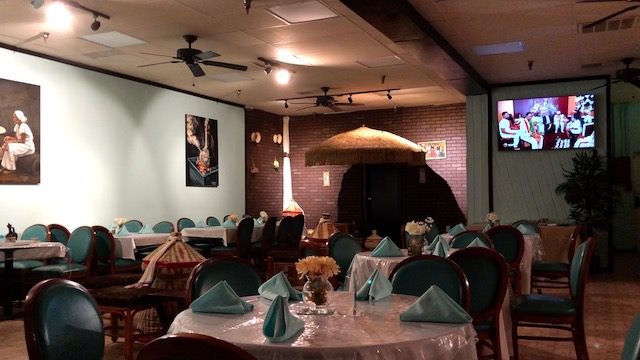
If you were looking for further validation that Central Florida’s culinary scene is becoming more diverse, consider this: Not only do we have an Ethiopian restaurant, Nile, in its second decade of operation, we now have a second one operating simultaneously. What’s more, the new restaurant, Selam, features the cuisines of Ethiopia and Eritrea. (Though that’s a fine line; more on that in a moment.)
Like Nile, Selam is situated in the Tourist World part of town. That’s a pretty smart choice. Nile was not the first Ethiopian restaurant in the area. Two or three others tried to introduce the foods from the Horn of Africa over the past 25 years or so but never lasted more than a few months. Location, I assumed, had something to do with it. They had opened in a location next to the 33d Street jail and on a sketchy stretch of South Orange Blossom Trail. But an argument could also be made that the dining public wasn’t yet quite ready to be more adventurous.

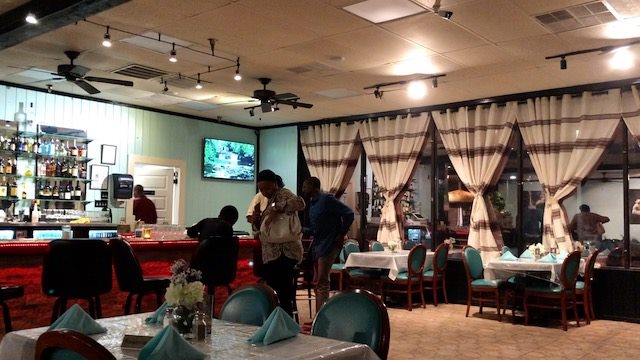
Selam will not win any awards for its decor or ambience. It occupies a large, open space in a Williamsburg strip mall. The lighting is harsh, and a television playing an episode on Ethiopian cuisine from some food and travel related network was annoying and loud.
Tables are covered with cloth but then topped with clear plastic. If you’ve eaten Ethiopian food before you have a pretty good idea why a drop cloth might be needed.
You may have eaten Eritrean food in the past, too, and not known the difference. There aren’t many distinctions between the two — after all, the two countries were one until the 1990s. One of the few differences involves tomatoes. Eritreans use them and Ethiopians do not.
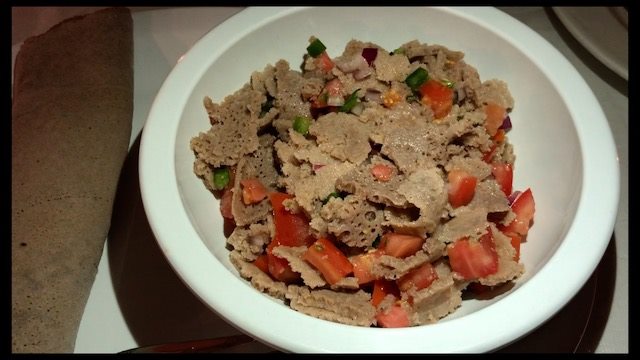
That’s why I ordered the Timatim Fitfit as my appetizer, it was one of the few items on the menu that included tomatoes. I should mention that one thing that is similar in the two cuisines is the use of injera, the spongy flatbread made of teff. Main courses are served on a large platter lined with injera accompanied by rollups of the bread for diners to tear off and pick up wads of wat. (If you’re uncomfortable eating with your hands, this cuisine is not for you.) Anyway, a typical Ethiopian/Eritrean meal will include a lot of injera.
So did my Fitfit appetizer. In fact, it was a bowl of torn injera (the menu describes it as scrambled) tossed with tomatoes, green chilies, onions and garlic, served cool. It would have been fine by itself — a nice option in these restaurants that specialize in meals in a bowl — but knowing I had lots more injera in my future I did not eat but a couple of bites.
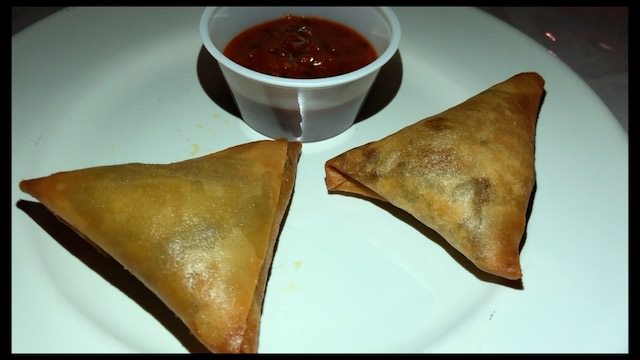
Better were the Beef Samosas, pastries filled with ground beef and onions, a little jalapeno for spice, and deep fried so the fillings were hot and the pastry crust a flaky golden.
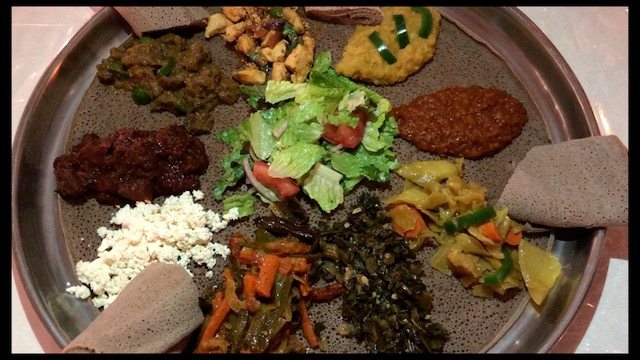
For our entree, my guest and I chose the Selam Meat and Veggie Combination Special, a large round platter with ample samples of several of the menu’s highlights.
It included chicken tibs cooked in the hot and peppery berbere sauce that is a staple of many of the wats, or stews. The beef tibs were served mild and spicy, the spicy the better. Key Wet beef had a bit of lamb in it, stewed with butter, onion, ginger and turmeric.
The vegetables included wonderful collard greens, called Gomen, stewed lentils and chickpeas. The platter was served with rolled up injera for us to tear off, but the best part was the injera that the wats were sitting on. Scooping that up with the last bit of meats and vegetables was perfect.
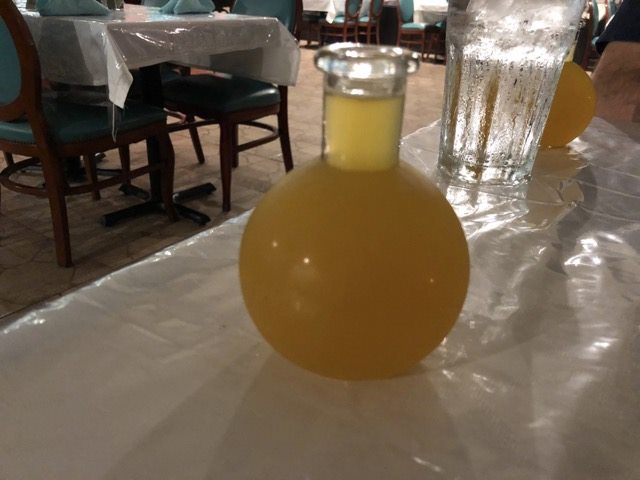
The combination platter came with a small bottle of tej, a traditional African wine made with honey and is as sweet as you’d expect it to be. (The wine list includes other, more recognizable wine varietals from Ethiopia. The chardonnay wasn’t too bad.)
The staff of Selam couldn’t have been more welcoming and gracious. They gladly indulged questions and offered suggestions. And the woman who came through the dining room to share the aroma of the beans that were roasting in the pot she carried was kind enough to stop at our table so we could breathe it in.
I can do with a little less ambience when the service and the food are both so good.
Selam Ethiopian & Eritrean Cuisine is at 5494 Central Florida Parkway, Orlando. It’s open for lunch and dinner daily (though oddly its menu has breakfast items). The phone number is 407-778-3119.










